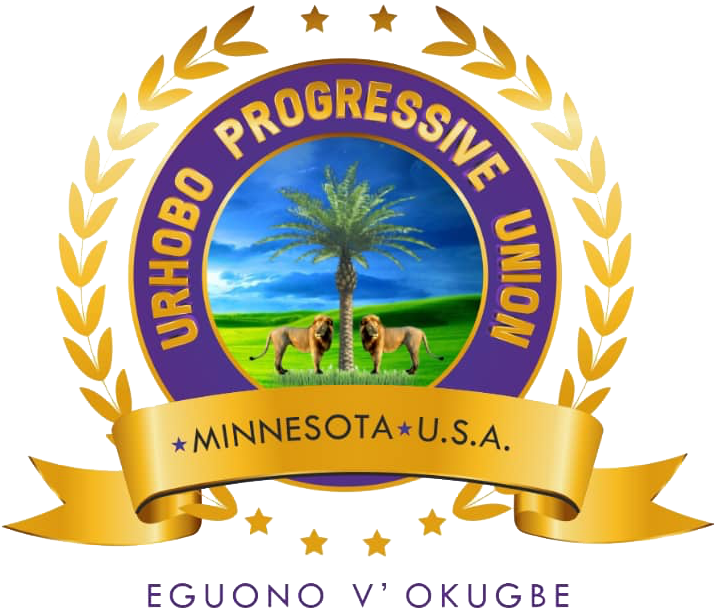Females whom responded to your study, specially those who work in leadership
Notice: Trying to access array offset on value of type bool in /hermes/bosnacweb01/bosnacweb01at/b2132/ipg.admin15122/upuminnesota.org/wp-content/themes/betheme/functions/theme-functions.php on line 1501
Notice: Trying to access array offset on value of type bool in /hermes/bosnacweb01/bosnacweb01at/b2132/ipg.admin15122/upuminnesota.org/wp-content/themes/betheme/functions/theme-functions.php on line 1506
Additionally, it’s possible that present governmental dilemmas in the lesbian and gay legal rights motion
August 5, 2020Do cash advance loan providers charge significantly more than other loan providers?
August 5, 2020Females whom responded to your study, specially those who work in leadership
Notice: Trying to access array offset on value of type bool in /hermes/bosnacweb01/bosnacweb01at/b2132/ipg.admin15122/upuminnesota.org/wp-content/themes/betheme/functions/theme-functions.php on line 1501
Notice: Trying to access array offset on value of type bool in /hermes/bosnacweb01/bosnacweb01at/b2132/ipg.admin15122/upuminnesota.org/wp-content/themes/betheme/functions/theme-functions.php on line 1506
Had been more prone to reside in a dual-career couple than men (Figure 3). This plays a role in working that is different and a possible space in life quality between men and women.
More female leaders had been in preference of quantifiable sex goals than male leaders. Non-leader users had been either perhaps perhaps not asked this question, or their reactions are not presented (Figure 4). This might be problematic because that team may be the biggest when you look at the HBP.
The next strategic plan ended up being provided to tackle issue-related indicators: using both a top-down and bottom-up approach; mainstreaming sex and variety (“diversity” in this context seemed to add up to “more women/females”); advertising schemes for females, and making provides to gents and ladies to cause them to become be agents of change; recommended indicators and goals; and measures you need to take in four action industries.
Based on the presentation, 42 percent of attendees of HBP Education occasions had been feminine, and 28 % of lecturers at occasions had been feminine. The advised goal ended up being enhancing the previous by 2 % additionally the latter by 12 %. We recognize that females were and never 42 % associated with HBP, and they had been consequently currently overrepresented such contexts. To need attendance numbers more than proportionate representation would only enhance the labour performed by HBP females.
The 2nd pair of indicators needed appointing an arbitrary amount of females to jobs of leadership, and increasing percentages of females in regulating systems. It suggested that an arbitrary quantity of “gender” events be held. They are possibly valuable objectives, however in the lack of contextual information ( e.g. Numbers of “males”, “females”, etc. So when these information had been gathered; exactly exactly how proportionally representative the data are; and solutions to help implementation), they seemed not likely to have much effect even without having the incorporation of intersectional issues.
Intended actions after from the indicators had been meant to deal with “gender” in the HBP. These contains workshops for PhD pupils; career-building workshops for feminine boffins; creation of a resource list on ladies in STEM; a fellowship programme; leadership training; a sponsorship (mentoring) programme for future leaders; more gender occasions; and providing childcare help at seminars.
These tasks not just tacitly excluded other genders (aside from within the world of leadership), and could consequently either be ignored or resistance that is spark the programme, nonetheless they additionally excluded non-researchers. It was often explicit (as outlined the workshop description below) plus in maintaining a view that is prevailing other labour isn’t since valuable as that of “scientists”. Implicitly framing childcare as a problem of “women/females” is additionally a concern, and assigning the duty for connected costs onto HBP lovers “according for their foibles” appeared particularly galling since it is not likely that many user or partner organizations had policies regulating this. Moreover, these actions failed to deal with the countless causes that are structural the sensed not enough “women”. Finally, these solutions had been outlined from a viewpoint detached from the realities of “women/females” within the HBP. Because far they would personally require to remain in the HBP or consider continuing a career in ICT or neuroscience as we could assess, at no point were “female/women” PhD students and researchers asked what.
The recommendations that are final deal with “gender” in the HBP focussed on governance structures. These began with work–life balance policies and included goods that will be virtually impractical to enforce in the task degree, such as for instance conference times and e-mail conduct. Some guidelines ( ag e.g. “supporting partner institutions, HBP leaders and folks” were so vague which they had been meaningless, whereas others stretched extant structures (the Gender Advisory Committee). The program also suggested that Open Calls be examined by panels by having an unspecified portion of females, and that bbw videos new applications to collaborate aided by the HBP be susceptible to needs of female–male ratios. Yearly reporting with numerical information ended up being encouraged, without irony.
Finally, the presentation shut with a “Call to Action”, like the directives that are following
“Encourage diversity in your group!
Think about men and women similarly for advertising!
Support peers with childcare duties!
